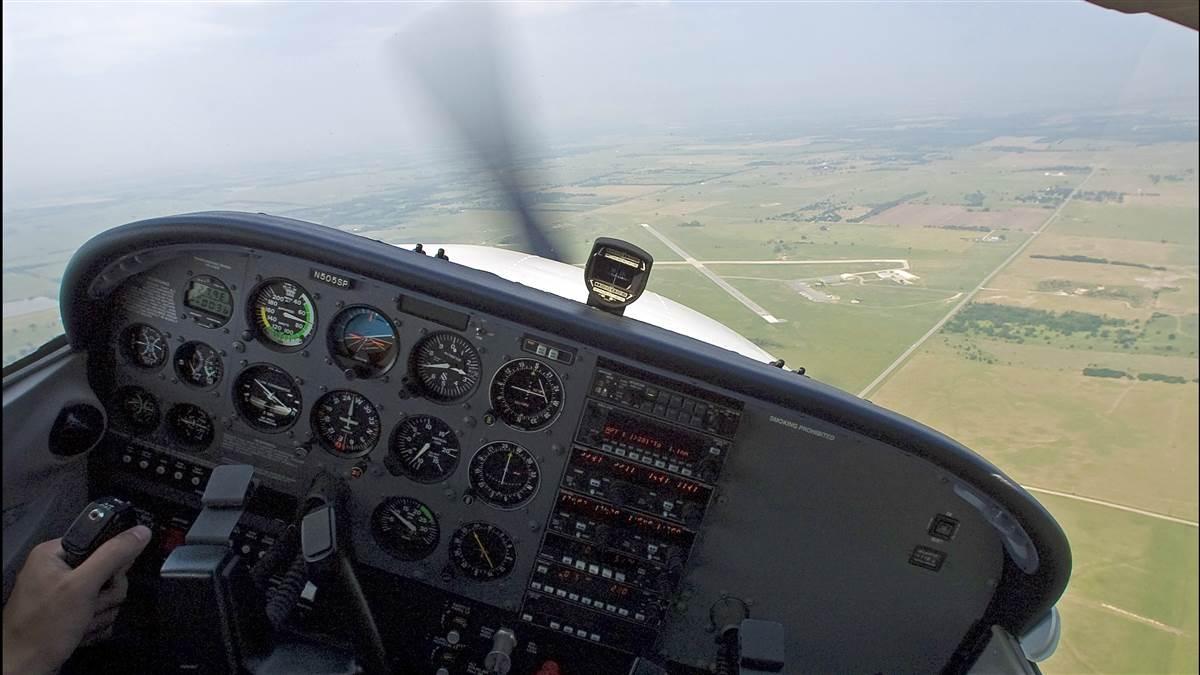Instrument tip: Take a look
What happens at the missed approach point
Much of instrument training is focused on approach procedures, and for good reason. They can be complex and require precise flying. As a result, for most of us that important transition from instrument to visual conditions is either ignored as the instructor pretends we never saw the runway and we go missed, or the Foggles come off once at the end of the lesson for a full-stop landing.

There’s a strong case to be made that we should be spending more time on that critical point when we drop out of the clouds or when the runway comes into view through the murk. In the best scenario the airplane is between 20 to 30 knots faster than a normal short final, and in the worst scenario it’s even faster and higher, and the runway is short.
First, the basics. Every instrument approach has a set of ceiling and visibility minimums necessary to complete the approach. You’ll sometimes hear pilots say that if you’re flying privately under Part 91 you can go down and take a look. What they mean is that you can start the approach, even if the reported weather is worse than the minimums. Pilots flying under other rules don’t have that freedom.
It’s a different story when you arrive at the decision height or missed approach point. Here the regulations are clear about the circumstances that allow us to descend below those minimum altitudes. In short, FAR 91.175 says that we can’t fly below the decision height or minimum descent altitude unless the flight visibility is at or above minimums and we have any one of 10 items around the airport in sight. These are things like the runway, runway lights, certain approach lights, and so on. So while the rules may allow you to go down a take a look, they are clear that once you get down there, the weather must be at least at minimums to be able to continue the approach and land.
This is a critical point in the flight. The majority of us never see an approach to minimums in training, so the first time will probably be alone. Imagine you’re on an ILS or GPS approach with LPV minimums in a Cessna 172. The normal visual airspeed at 200 feet above the ground is somewhere around 65 knots. Yet most pilots fly approaches around 90 knots with the flaps set only to the first notch.
It’s generally accepted that for every 10 percent increase in approach speed the landing distance increases by 20 percent. If we assume you have good approach speed control and you’re actually flying 90 knots, that would make the landing distance 80 percent longer than the book. Clearly slowing down is a priority. But if you break out at minimums you have only 200 feet, or fewer than 30 seconds, to do it.
It’s a good argument for practicing this pivotal time in the approach. With an instructor or safety pilot, fly under the hood, take it off at 200 feet, and try to safely make the first third of the runway. Once you can repeatedly do it in visual conditions remember that rain, gusty winds, and low visibility can all conspire to make the real-world transition even harder, and that’s with a perfect approach.
This is one of the many reasons to make your personal minimums much higher while gaining real-world experience.



